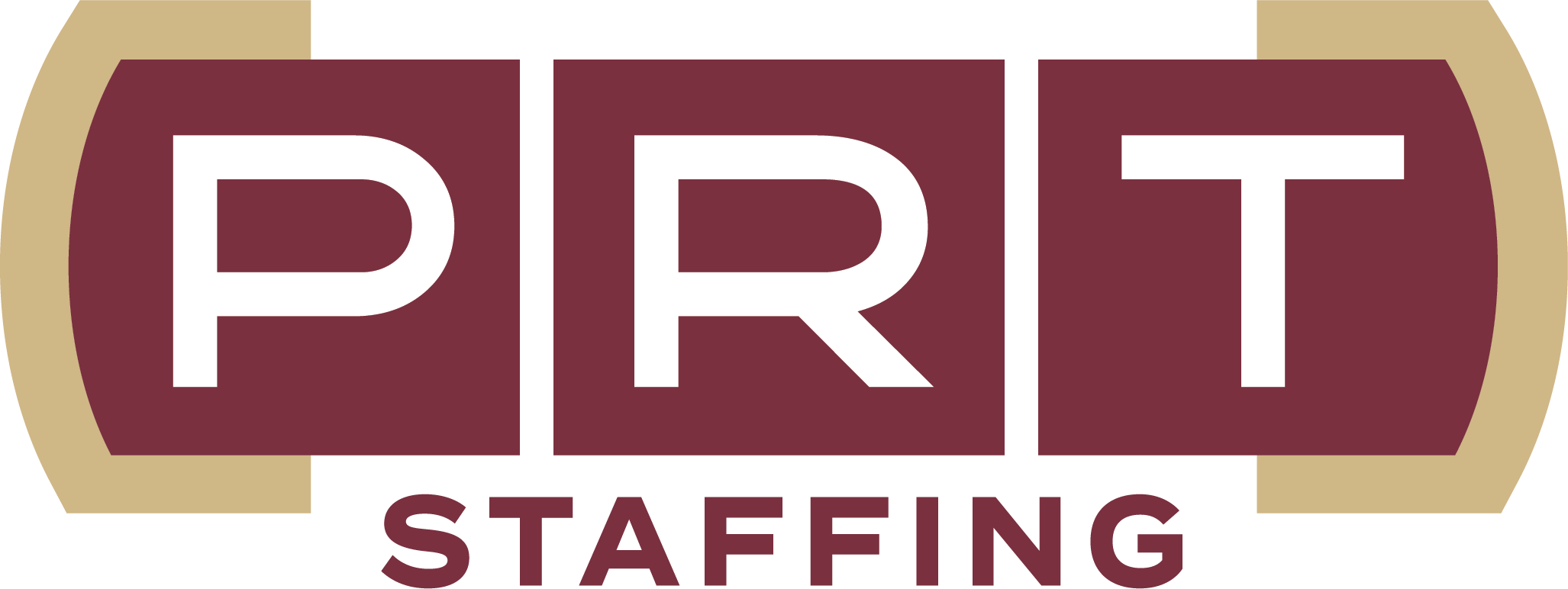Navigating a Career Change in 2025
More Americans feel “stuck” in their jobs than at any time in the past decade which is leading many in 2025 to consider a career change.
Gallup is calling it the “Great Detachment” as many frustrated employees are unable to find new employers in a cooling job market.
“Employees across America are feeling increasingly detached from their jobs,” wrote Ben Wigert and Corey Tatel for Gallup in December 2024. “They are seeking new job opportunities at the highest rate since 2015, while overall satisfaction with their employer has returned to a record low.”
1 in 4 Likely to Change Companies in Next 12 Months
There could be a lot of job swapping in the coming months with a PwC worldwide survey finding that 28 percent of respondents are likely to change companies within the next 12 months.
At the same time, Forbes reports that the demand for “new-collar workers” – positions that prioritize skills over traditional four-year college degrees – will continue to rise this year.
For those contemplating a career change, it can feel like a leap of faith.
“Making a career transition can be daunting, but it’s also a powerful way to realign your career with your passions and skills,” writes leadership professor Benjamin Laker for Forbes. “Whether you’re looking to pivot into tech, healthcare, or any other field, a successful transition requires planning, adaptability, and strategic positioning.”
Let’s look closer at the push behind career changers in 2025 and how employees make the most of new opportunities.
Historic Workplaces Changes Fuels Great Detachment
Gallup explains that the historic workplace changes experienced in the last few years has fueled the so-called Great Detachment.
These changes, according to Gallup, have helped cause people to detach from their employers:
- Rapid Organizational Change: Most companies have undergone wholesale changes post-2020. Gallup says that today, 7 in 10 employees (73 percent) say their organization has experienced some level of disruptive change in the past year. From restructuring to budget cuts, these changes are leading to employee burnout.
- Hybrid and Remote Growing Pains: The physical distancing from the trend towards remote work has led to emotional distance. Gallup finds that remote workers are consistently less connected to their organization’s mission of purpose compared to others.
- New Customer Expectations: Employees (56 percent) have noticed changes in customer expectations since the pandemic with 71 percent of those employees saying customers are more demanding or have higher expectations for a better digital experience.
- New Employee Expectations: Employees are now demanding a greater work-life balance, better compensation, and more work flexibility such as remote work. A disconnect between employee expectations and what employers are offering can cause workers to question their current jobs.
- Broken Performance Management Practices: Many company leaders do not have confidence in their performance management systems, leading to many organizations unable to clarify expectations, align teams, recognize achievements, and develop employees.
Demand for New-Collar Workers Will Continue
Caroline Castrillon, writing for Forbes, says that companies continue to have difficulty finding skilled talent.
“The skills shortage is caused mainly by rapid technological advancements, like generative AI. With innovative technological solutions emerging, new skills are required to operate them,” writes Castrillon.
She says that industries such as healthcare, technology, and engineering are turning to new-collar workers to fill critical skill gaps.
“A new-collar job refers to positions prioritizing skills over a traditional four-year college degree. People often develop these specialized skill sets through non-traditional education paths like boot camps, certification programs or on-the-job training,” explained Castrillon.
The Harvard Business Review in “The New-Collar Workforce” said there’s a huge, capable, and diverse talent pool out there that companies aren’t paying nearly enough attention to: workers without college degrees.
“It’s time for a skills-first approach to hiring and people management,” said the Harvard Business Review article. “It involves writing job descriptions that emphasize capabilities, not credentials; creating apprenticeships, internships, and training programs for people without college degrees; collaborating with educational institutions and other outside partners to expand the talent pool; helping hiring managers embrace skills-first thinking; bringing on board a critical mass of non degreed workers; and building a supportive organizational culture.”
5 Keys to Pivoting into a New Industry
Laker writes in Forbes that pivoting into a new industry is a bold move that can be incredibly rewarding. He advises those looking to change careers to focus on these five things for a successful transition:
- Clarify Your Motivation and Goals: Look before you leap! Laker says you need to understand why you desire a career change and what you hope to achieve with the move. He advises to write down your career goals, breaking them into manageable steps. This will provide a roadmap to follow.
- Assess Your Transferable Skills: Identify and leverage your transferable skills – those skills that can be applied across different industries. Research skills in demand in the new industry you seek and highlight those skills you already have that overlap.
- Fill in the Gaps: For those skills you lack, look to online courses, certifications, boot camps and other methods of acquiring them. You can also gain hands-on experience by volunteering, freelancing or taking on side projects.
- Network with Industry Professionals: Laker says networking is one of the most effective tools for changing careers. Look at your existing network such as friends, former colleagues, or acquaintances who work in the new field you seek. Set clear goals when networking to maximize interactions.
- Be Ready to Start Small and be Patient: Career changes may take time and some employees may need to take on entry-level or mid-level roles to gain experience needed in their new industry. Be patient and expect setbacks along the way, but the effort can be very rewarding.
“With persistence and a strategic approach, you’ll be well-positioned to thrive in your new career and turn your pivot into a long-term success story,” concludes Laker.
The Role of Staffing Agencies in the New Landscape
For staffing agencies like PRT Staffing, these trends present both challenges and opportunities. To stay relevant and effective, staffing firms can:
- Focus on Skills-Based Matching: Develop systems to assess and match candidates based on skills rather than just formal qualifications.
- Offer Upskilling Programs: Partner with educational institutions or create in-house training programs to help candidates develop new collar skills.
- Embrace AI and Data Analytics: Leverage advanced technologies to improve candidate matching and provide valuable insights to both employers and job seekers.
- Educate Clients on New Collar Trends: Help employers understand the value of skills-based hiring and the potential of new collar workers.
- Provide Career Transition Support: Offer guidance and resources for individuals looking to make significant career changes, especially those moving into new collar fields.
At PRT we can match your skills with the right job opportunity.
Contact PRT today for immediate access to positions at leading companies for both short and long-term projects.





